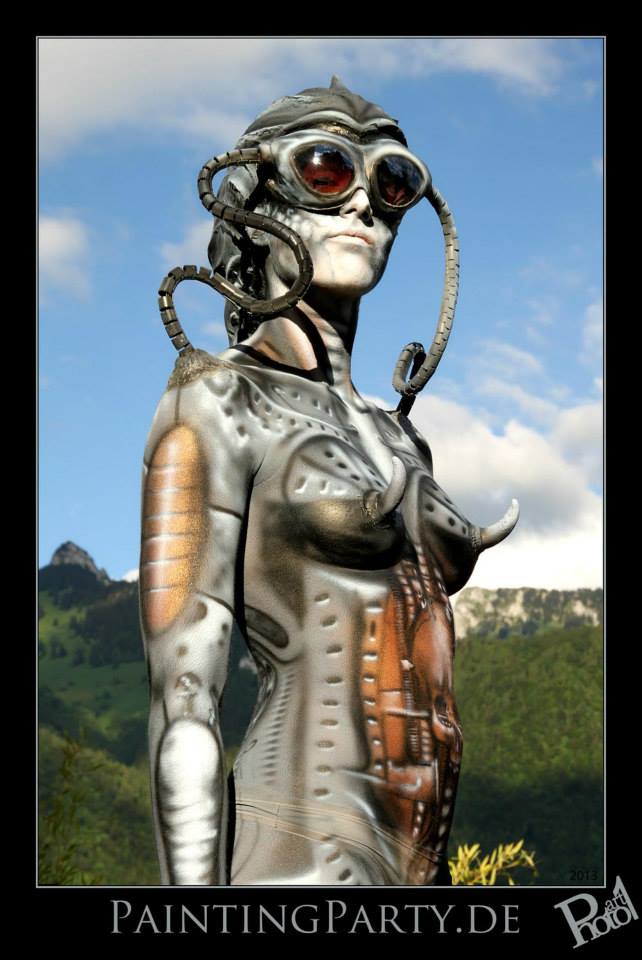Building the Choreography
What story lays behind the Fire Dance in MetaMoreFire?
The choreography for MetaMoreFire wasn’t fully set before filming. Like a lot of things in this project, it was half planned, half improvised.
As a base, we had the raw song from The Trouble Notes. Bennet, the lead singer and violinist, created a beautiful track that guides our transformation from robot to human. That transformation—the emotional shift—is something we wanted to reflect clearly in the choreography too.
I started with robotic movements: reduced, repetitive, more technical. Also in the facial expression—neutral, almost blank, just observing. Double Staff seemed the perfect tool to start with, because they support lots of “tech”-movements.
As the dance evolves, so do the emotions. Curiosity, joy, and finally a kind of explosive euphoria.
Anyone who’s ever found themselves in a flow state through movement probably knows this moment. You have to let go. But at the same time, you’re still following a structure—familiar patterns that help you get there.
So we played the music on loop.
And I started creating the opening movements—robotic, sharp. With time them, becoming more dynamic.
Here’s a small snippet from the process—just to give you a first impression:
As the music grew, other props came in: fans, hoop, dragon staff. These have a completely different flow—more circular, softer—and I improvised most of that part during rehearsals and filming.
We also designed specific camera movements to accompany the dance, making everything feel more dynamic and alive. But not every choreographed piece was used one-to-one—editing changed a lot.
And fire is never the same twice.
Sometimes we had huge flames, sometimes less. Not only the fire tools, but also the background fire decorations in the scene changed constantly.
Like many parts of this film, it was a mix of experimenting, adjusting, and working into the night.

If you are curious to see more, follow our social media and subscribe to the newsletter:

 Metamorefire – Copyright by Miigaa Productions Picture by Zamal[/caption]
Metamorefire – Copyright by Miigaa Productions Picture by Zamal[/caption]











 Cold flames for chaos – At one of the film’s most intense moments, machines are going crazy, the robot is overwhelmed, and everything is out of control. Cold flames shot down from the ceiling and from the sides, making the whole scene even more dramatic.
Cold flames for chaos – At one of the film’s most intense moments, machines are going crazy, the robot is overwhelmed, and everything is out of control. Cold flames shot down from the ceiling and from the sides, making the whole scene even more dramatic.
 The firework sun – This was a key moment in the film. A spinning sun of fireworks gave importance to the shot we took. It slowed down the time, helped to symbolize something big, transformational. It gave the scene the energy it needed.
The firework sun – This was a key moment in the film. A spinning sun of fireworks gave importance to the shot we took. It slowed down the time, helped to symbolize something big, transformational. It gave the scene the energy it needed.
 The grand finale – At the end of the film, we had an indoor fireworks show. This moment of the story was pure joy and freedom! But filming it was pretty nerve-wracking because we only had one chance to get it right.
The grand finale – At the end of the film, we had an indoor fireworks show. This moment of the story was pure joy and freedom! But filming it was pretty nerve-wracking because we only had one chance to get it right.



















